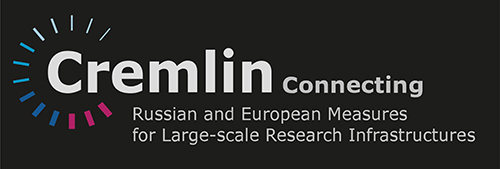Speaker
Description
Neutron optics are currently used to define neutron beam properties at the sample position (direction, divergence, energy, resolution, polarization, etc…). Since the primary neutron flux is low, optical devices have to be highly efficient. Main concepts and components for designing the optics of neutron instruments are presented. It includes reflection optics such as neutron guides and supermirrors but also diffraction optics with mosaic crystal monochromators and analyzers. Neutron filters that are used to remove unwanted radiation from the beam are briefly described.
New instruments require neutron optical devices enabling experiments under extreme conditions to be performed. As a direct consequence, neutron optics should be then capable to efficiently focus large beams into very small volumes at the sample position. Vertical focusing may lead to huge gain factors in neutron flux, up to more than ten, depending on the geometrical compression. Therefore, focusing devices are also dealt with, in detail, in the presentation.
Some examples of applications in the field of neutron optics at the Institut Laue Langevin are given.

